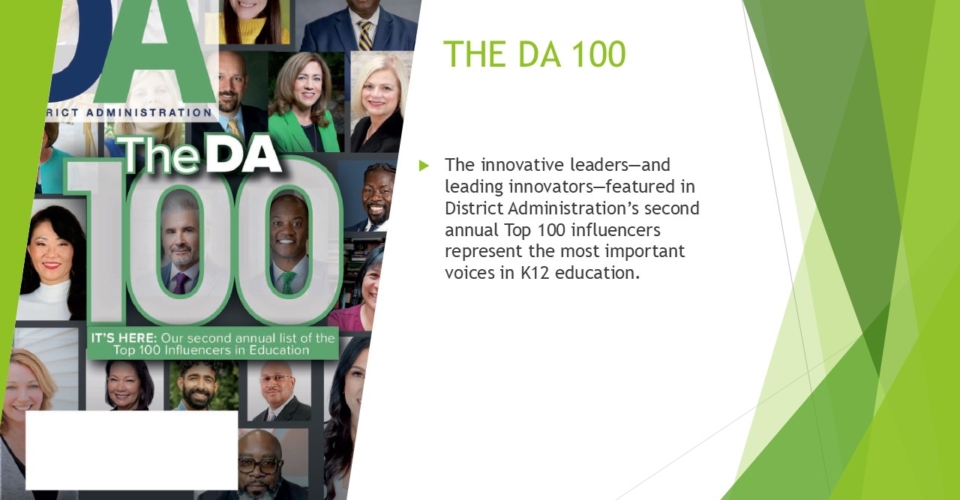California K12 leaders working to send their students into high-paying careers are about to get a big helping hand from the state and higher education. Gov. Gavin Newsom has ordered state education and labor agencies to spend the next year developing a Master Plan on Career Education that, among other steps, will help incoming high school students immediately begin exploring well-compensated careers—including professions that don’t require college degrees.
The “Freedom to Succeed” master plan, which should be completed next fall, will also emphasize:
- Hands-on learning and real-life skills. Students should have expansive opportunities to learn by doing and get trained in real-life skills, especially via paid “earn-and-learn” opportunities.
- Universal access and affordability. Students should have access to career education without incurring substantial debt or having to navigate confusing bureaucracies.
- Breaking down silos. State agencies will greatly expand alignment and coordination across sectors—both public and private—to ensure students are offered more career and skill-building opportunities.
More from DA: 3 superintendents find new homes while more districts tap first-timers
“All families, students, and workers deserve the freedom to succeed: to build real-life skills and pursue careers — including those that don’t require college degrees,” Newsom said in a statement earlier this year. “California is leveraging billions of dollars in investments to prepare students and workers for good-paying, long-lasting, and fulfilling careers.”
Newsom has directed the Superintendent of Public Instruction, the chancellor of the California Community Colleges and the presidents of the California State University and the University of California to produce the career education master plan in collaboration with the State Board of Education, the Labor and Workforce Development Agency and the Governor’s Office of Business and Economic Development.
California has been increasing CTE spending, including $500 million on the Golden State Pathways program, which provides students, no later than 10th grade, with opportunities to examine careers that require specialized technical training. The state has invested another $200 million each in dual enrollment programs and youth apprenticeships.
Regional K-16 Collaboratives will receive another $250 million to work with businesses to ensure K12 and higher ed career education programs are preparing students with the skills to meet future labor demands.



